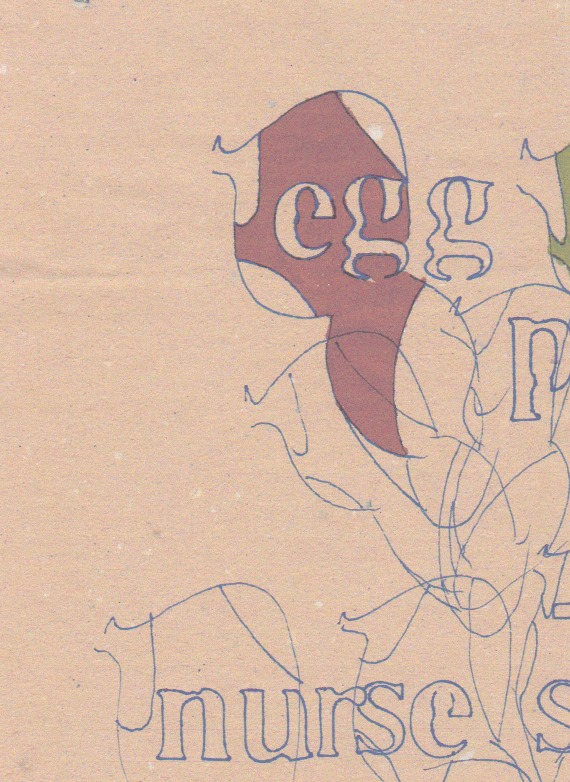As of February 5, 2016, Dada is officially 100 years old.
Ask the average person what Dada is and you’ll usually get a variety of silly answers, none of them correct. And yet, Dadaism affects the world we live in. I will even go so far as to say that were it not for Dada and it’s founding fathers, our modern world would be very different indeed.
Now, ask the same people about avant-garde and you may get some discussion going. Why? People more readily associate that french term with the arts. They may even talk of experimental arts or radical arts when avant-garde is the topic.
Why the difference? To understand that, let’s give you a little background on Dada.
Wikipedia defines Dada as:
Dada () or Dadaism was an art movement of the European avant-garde in the early 20th century. Dada in Zürich, Switzerland, began in 1916 at Cabaret Voltaire, spreading to Berlin shortly thereafter, but the height of New York Dada was the year before, in 1915.[1] The term anti-art, a precursor to Dada, was coined by Marcel Duchamp around 1913 when he created his first readymades.[2] Dada, in addition to being anti-war, had political affinities with the radical left and was also anti-bourgeois.[3]

Dada mail art from Amalgamated Confusion
Does that help you to understand what Dada is? Or does it pose more questions than answers. I hope it is the latter because it is only when we ask the questions that we learn. What is the Cabaret Voltaire? Why does the height of New York Dada predate European Dada? Who is Marcel Duchamp and what are readymades? I strongly encourage you to dip into the subject, to learn and to answer your own questions.
For our purposes, it is enough to know that Dada was an avant-garde art movement whose roots sprang forth about the time of the first world war. It has long been the norm for artists of all kinds to voice their opposition to politics and other topics through art. A cartoonist mocking a politician in today’s society is acceptable and folks from all walks of life read and laugh and, in the case of internet, pass them on and share the message. But think about an age when it was illegal to go against the political powers that be, when one could be thrown in jail for speaking out. Artists were creative in their effort to convey their message to like-minded individuals without alerting the authorities. That was the root of Dada.
Artists of all kinds were Dadaists. Playwrights, painters, poets and writers, performance artists… the list goes on. Some of them were more widely known than others, but that made their contributions no less valuable.
Once a week, for the remainder of the year, I am going to post a bit of Dada history for your enjoyment and perusal. My hope is that you will be intrigued and yearn to learn more. Ultimately, I would love to see more than a few of you try your hand at Dada.
Recently, I challenged a fellow artist to create a Dadist poem. I told her that if she was willing, I would create one and we could exchange them. The detailed instructions I provided for her (and posted for you below) were taken from MoMA (Museum of Modern Art) here: https://www.moma.org/learn/moma_learning/themes/dada/word-play
Make Poetry with Chance
In 1920, one of the founding members of Dada, Tristan Tzara, wrote instructions for making a Dada poem, leaving the responsibility of selecting words and communicating ideas up to chance rather than the artist. Here are Tzara’s instructions:
TO MAKE A DADAIST POEM
Take a newspaper.
Take some scissors.
Choose from this paper an article of the length you want to make your poem.
Cut out the article.
Next carefully cut out each of the words that makes up this article and put them all in a bag.
Shake gently.
Next take out each cutting one after the other.
Copy conscientiously in the order in which they left the bag.
The poem will resemble you.
And there you are—an infinitely original author of charming sensibility, even though unappreciated by the vulgar herd.
Follow Tzara’s instructions to make your own Dadaist poems from one or two paragraphs of a newspaper article. Write down three poems composed with this method. Read them aloud and reflect on the following: What are your favorite or least favorite word combinations? What is the effect of reading words that have been put together without logic?
***
If that sounds like something you might wish to try, please do! Anyone who sends a completed Dadaist poem to me between now and the end of 2016 will receive one in kind. Send all Dadaist poetry to: The Studio at Piney Creek Acres, attn. Lynn Radford, 107 Marigold Lane, New Brighton, PA 15066
In addition, if you create a Dadaist poem and share it on social media, please include the hashtags (#) Dadawatch and (#) MyDada so that other artists and modern day Dadaists can find your work as we celebrate 100 years of Dada.
If you are interested in reading a bit about Tristan Tzara this is a good place to start: http://www.arthistoryarchive.com/arthistory/dada/Tristan-Tzara.html
Other challenges will be issued throughout the year, so check back every Friday for more Dada!
Happy Trash to you, until we meet again!









